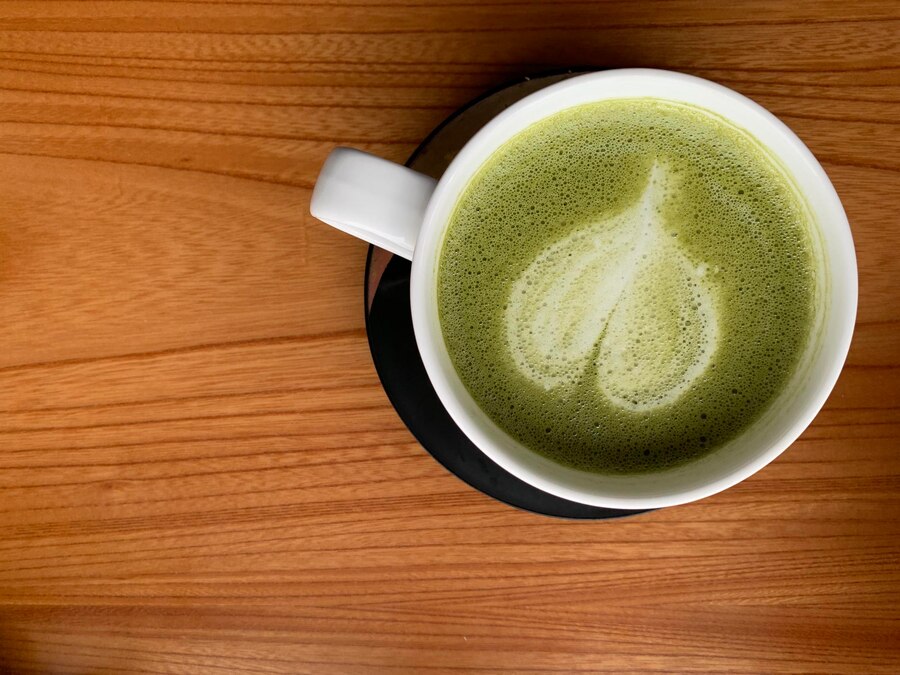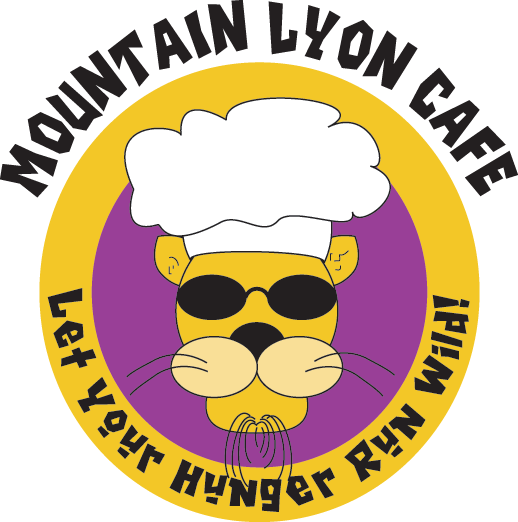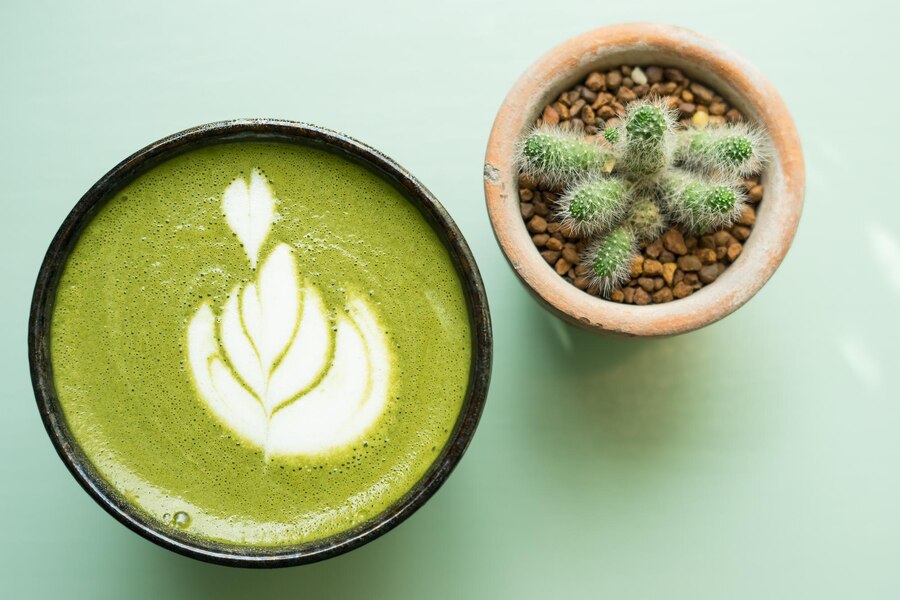Discover the captivating story behind Matcha Espresso – a unique fusion of Japanese tranquility and Italian passion. Learn how this drink is made, why it’s trending, and what makes it the perfect blend of two rich cultures and bold flavors.
What is Matcha Espresso? A Fusion of East and West
Imagine this: the meditative calm of Japanese matcha collides with the bold energy of Italian espresso—two traditions from opposite sides of the globe, blended into one cup. Welcome to the world of Matcha Espresso, a drink that doesn’t just awaken your senses—it tells a story. It’s a surprising fusion of Japanese and Italian culture, drawing from centuries of heritage and transforming them into a modern ritual loved by baristas, creatives, and wellness enthusiasts alike. This isn’t just another trendy drink on your social feed; it’s a symbol of global harmony, a cultural conversation between Zen and Zest.
“Tea tempers the spirit and harmonizes the mind. Coffee sharpens it.” – A proverb rewritten for the 21st century.
The main keyword “Matcha Espresso: A Surprising Fusion of Japanese and Italian Culture” is more than a phrase—it encapsulates the duality at the heart of this drink: mindfulness meets momentum, ceremony meets speed, bitter matcha meets velvety crema. This is not merely a beverage. It’s cultural alchemy in a cup.
The Origins of Matcha in Japanese Culture
Matcha, or 抹茶, dates back to the 12th century, introduced to Japan by the monk Eisai, who brought powdered green tea from China. It soon became central to Zen Buddhist rituals, valued for its ability to sustain alertness during meditation.
In traditional Japanese tea ceremonies (茶道 – “chado”), preparing and drinking matcha isn’t about quenching thirst—it’s an artform rooted in respect, harmony, and purity. The tools—chasen (bamboo whisk), chawan (tea bowl), and chashaku (scoop)—aren’t just implements; they’re extensions of a philosophy. Matcha symbolizes presence, intentionality, and inner stillness.
A modern matcha drinker taps into this spiritual lineage. According to Dr. Naoko Abe, author of “The Monk Who Transformed Japan with Tea”, matcha’s role in culture is “a bridge between body and soul.” This sets the stage for why the pairing with espresso is not only bold—it’s profound.
The Role of Espresso in Italian Tradition
Fast-forward to 20th century Italy, where the scent of freshly pulled espresso shots wafts through cobblestone streets and morning commutes begin with a hearty “Un caffè, per favore!” Espresso isn’t just a drink—it’s a ritualistic pause in a fast-paced day.
Espresso, invented by Luigi Bezzera in 1901, became popular for its quick brewing method and intense flavor. Served in tiny demitasse cups, it represents concentration in every drop. In cities like Naples, Milan, and Rome, the espresso bar is more than a place to caffeinate; it’s a cultural institution—where conversation, community, and caffeine come together.
Italians don’t just drink coffee—they live it.
Thus, in both Japan and Italy, these beverages serve as daily rituals, albeit in radically different ways. What makes Matcha Espresso revolutionary is that it unites these rituals, creating a new hybrid culture through flavor.
See more: What is Espresso Tonic? How to Make It and Why It’s Trending in 2025
How Matcha Espresso is Made: Ingredients and Method
Let’s dive into the “how” of this enchanting drink—because while it’s philosophically rich, it’s also technically simple, which makes it perfect for home baristas and café pros alike.
Fusion begins with balance—and that balance starts in your cup.
Recommended Tools and Ingredients
Here’s what you’ll need to craft the perfect matcha espresso:
| Tool / Ingredient | Purpose | Recommended Type |
|---|---|---|
| Ceremonial Matcha | Rich in flavor & antioxidants | Uji or Nishio (Japan) |
| Espresso Beans | Bold, full-bodied flavor | 100% Arabica, dark roast (Italian) |
| Espresso Machine | For consistent, crema-rich shots | Semi-automatic or moka pot |
| Matcha Whisk (Chasen) | To froth matcha evenly | Handcrafted bamboo |
| Matcha Bowl (Chawan) | Ideal for whisking and presentation | Ceramic or porcelain |
Choosing high-quality matcha and espresso beans is crucial. As Chef Takuya Kato of Kyoto’s Matcha Lab puts it, “The fusion is only as good as the respect you give to each element.”
Step-by-Step Brewing Guide
Here’s a step-by-step guide for crafting the perfect Matcha Espresso Fusion at home:
Heat Water to 80°C (176°F)
– Boiling water burns the matcha. Use a kettle with a temperature setting for accuracy.Sift 1–2 tsp of Matcha Powder into your chawan
– This avoids clumps and ensures a smooth blend.Add 60–70ml of Hot Water
– Whisk in a “W” motion using your chasen until a frothy green crema appears.Pull a Shot of Espresso (30ml)
– Use a freshly ground, full-bodied bean.Pour Espresso into the Matcha or Vice Versa
– Layer it for a beautiful visual or stir it for a harmonious blend.Serve Immediately
– Optional: Add oat milk or coconut foam for a modern twist.
Tips for the Perfect Balance
Achieving a harmonious fusion is an art and a science. Here are expert tips:
Use a 1:1 ratio of matcha to espresso for bold flavor.
Add a dash of simple syrup if your matcha is bitter.
Use ceremonial grade matcha only—culinary grade will taste muddy.
Stir lightly to preserve the layered visual aesthetic, or mix vigorously if you prefer even flavor.
Pro Tip: Try it iced with a splash of vanilla oat milk for a summer-perfect Matcha Espresso Latte.
Health Benefits of Matcha Espresso
If you thought this drink was only about aesthetics and fusion, think again. Matcha espresso isn’t just beautiful and bold—it’s good for your body and brain.
Matcha’s Antioxidants and Focus-Enhancing Effects
Matcha contains catechins, particularly EGCG (epigallocatechin gallate), known for its antioxidant, anti-inflammatory, and fat-burning properties. Unlike coffee, matcha releases caffeine slowly due to its L-theanine content, which promotes calm alertness.
Boosts metabolism
Improves cognitive focus
Reduces stress without drowsiness
According to Dr. Andrew Weil, integrative medicine pioneer:
“Matcha is a unique beverage that relaxes and energizes simultaneously—a rare combination in the natural world.”
Espresso’s Energy Kick and Mood Lift
Meanwhile, espresso brings clarity, motivation, and a fast caffeine hit. The secret? Its concentrated brew delivers caffeine and dopamine stimulation in under 15 minutes.
Enhances physical performance
Improves mood via increased dopamine
Stimulates creative thinking and verbal fluency
Together, matcha + espresso = sustained energy without the crash.
Why Matcha Espresso is Trending in 2025

From Tokyo alley cafés to Brooklyn pop-up espresso bars, this drink is booming. But why now?
TikTok & Coffee Culture Evolution
In the age of aesthetic storytelling, matcha espresso’s vivid green and deep brown layers make it a visual magnet. With over 220M views under #matchaespresso, this drink has become the darling of content creators and health-conscious trendsetters alike.
Barista influencers show pouring techniques in slow motion
Food bloggers pair it with minimalist ceramics and zen décor
Health coaches highlight its balance of wellness and wakefulness
“It’s not just a drink. It’s a lifestyle moment.” – @LenaMatchaBarista
Cultural Significance: Japan Meets Italy in a Cup
The fusion of matcha and espresso is more than a meeting of flavors—it is a meeting of minds, philosophies, and centuries-old traditions. What makes Matcha Espresso unique is not only its striking color contrast and vibrant aroma, but the symbolism carried within the cup. One represents ritual and reflection, the other speed and spontaneity. Together, they form a new kind of culinary diplomacy—a moment of unity in a divided, fast-paced world.
“In every sip, there’s a whisper of a Kyoto garden and a roar of a Roman piazza.”
Ceremony Meets Café Lifestyle
Japan’s tea ceremony, or Chadō (茶道), is centered around four pillars: harmony (和), respect (敬), purity (清), and tranquility (寂). Every action, from scooping to whisking, is deliberate and respectful. On the other hand, Italy’s espresso culture embodies vivacity, social interaction, and brevity—an energizing moment enjoyed at the counter, often multiple times a day.
The drink thus becomes a metaphor: the mindfulness of the East blended with the movement of the West. It’s what sociologists call “glocalization”—a phenomenon where global ideas are localized through unique interpretations. In this case, matcha espresso is a form of “liquid glocalization.”
This isn’t the first time beverages have told cultural stories. Think of:
Chai latte: India’s spiced tea, modernized in western cafés
Turmeric golden milk: From Ayurvedic tradition to LA wellness menus
Vietnamese egg coffee: A local innovation becoming global chic
Matcha espresso proudly joins this global league, bridging two icons of beverage culture through intention and innovation.
Globalization Through Gastronomy
In a time where borders are redefined by technology and taste, culinary fusion acts as one of the most approachable forms of cross-cultural connection. From sushi burritos to Korean tacos, the modern palate is a passport. And drinks? They’re the first page of that journey.
According to Chef Massimo Bottura, “Food is culture. When you blend cuisines, you blend stories.” The same applies here—when Japanese and Italian elements combine, it creates a third identity: one that belongs to the global citizen, a person who cherishes craft, origin, and meaning.
Lyoncafe’s Take: Reinventing the Tradition
At Lyoncafe, we believe that innovation should never disrespect tradition—but rather elevate it. Our take on Matcha Espresso is more than a product—it’s a philosophy of flavor born from our long-standing passion for coffee craftsmanship and global culinary heritage. Learn more about our story at mtnlyoncafe.com.
“We don’t serve drinks. We serve narratives.”
Our Matcha Espresso Philosophy
We spent over 18 months developing our Zen Zest Signature Matcha Espresso, traveling across Kyoto’s Uji region and Naples’ oldest roasteries to source ingredients with authenticity and soul. The result? A drink that’s:
Authentic to its origins
Balanced in flavor, aroma, and mouthfeel
Served with a sense of meaning, not just caffeine
We worked closely with tea masters and third-wave coffee experts to ensure temperature control, extraction timing, and texture pairing are calibrated for maximum harmony.
Sourcing Premium Ingredients with Purpose
| Source Region | Ingredient | Reason for Selection |
|---|---|---|
| Uji, Japan | Ceremonial Matcha | Highest grade, hand-ground, rich in umami |
| Naples, Italy | Arabica Espresso | Dark roast with chocolatey crema, low acidity |
| Da Lat, Vietnam | Oat Milk | Local, organic, creamy finish |
Our goal is not just to serve drinks, but to honor the origin of every leaf and bean. That’s why each cup at Lyoncafe comes with a small info card—sharing the story of its ingredients and the artisans behind them. It’s our way of blending education with experience.
Try It Yourself: Recipes and Variations
If you’d like to bring the Matcha Espresso experience into your home or café, here are a few creative variations that respect the drink’s roots while inviting playfulness into the cup.
Iced Matcha Espresso Tonic
Perfect for summer or high-energy days, this refreshing twist delivers a zesty sparkle.
Ingredients:
1 tsp ceremonial matcha
1 shot espresso
120ml tonic water
Ice, lemon zest, mint (optional)
Instructions:
Whisk matcha in a bowl until frothy.
Fill a glass with ice and pour tonic water.
Add espresso, then matcha on top for a beautiful three-layered look.
Garnish with lemon zest and mint.
“The fusion of bitter, sweet, and citrus makes every sip electric.”
Matcha Affogato Espresso
Inspired by the classic Italian affogato, this dessert drink balances cool creaminess with warm intensity.
Ingredients:
1 scoop matcha ice cream
1 hot shot of espresso
Matcha powder for dusting
Instructions:
Place the scoop in a chilled glass.
Pour espresso directly over the ice cream.
Dust with matcha powder and enjoy immediately.
This version is a crowd-pleaser at Lyoncafe events, especially during our seasonal dessert pairings. It celebrates indulgence without compromise.
Final Thoughts: The Harmony in Contrast
Matcha Espresso: A Surprising Fusion of Japanese and Italian Culture is not just a drink—it’s a reflection of the world we live in. A world where boundaries blur, where rituals evolve, and where flavors cross oceans to meet one another.

My name is Kara Chavez, and I love coffee. I love making the best coffees – espresso, latte, macchiato. I always strive for perfection in my barista skills, and I take great pride in bringing delicious cups of coffee to my customers.
I’ve been in the coffee industry for many years, and I know everything there is to know about brewing the perfect cup of coffee. My passion for coffee shines through in every cup I make, and I hope you’ll stop by soon so I can share my love of coffee with you!

